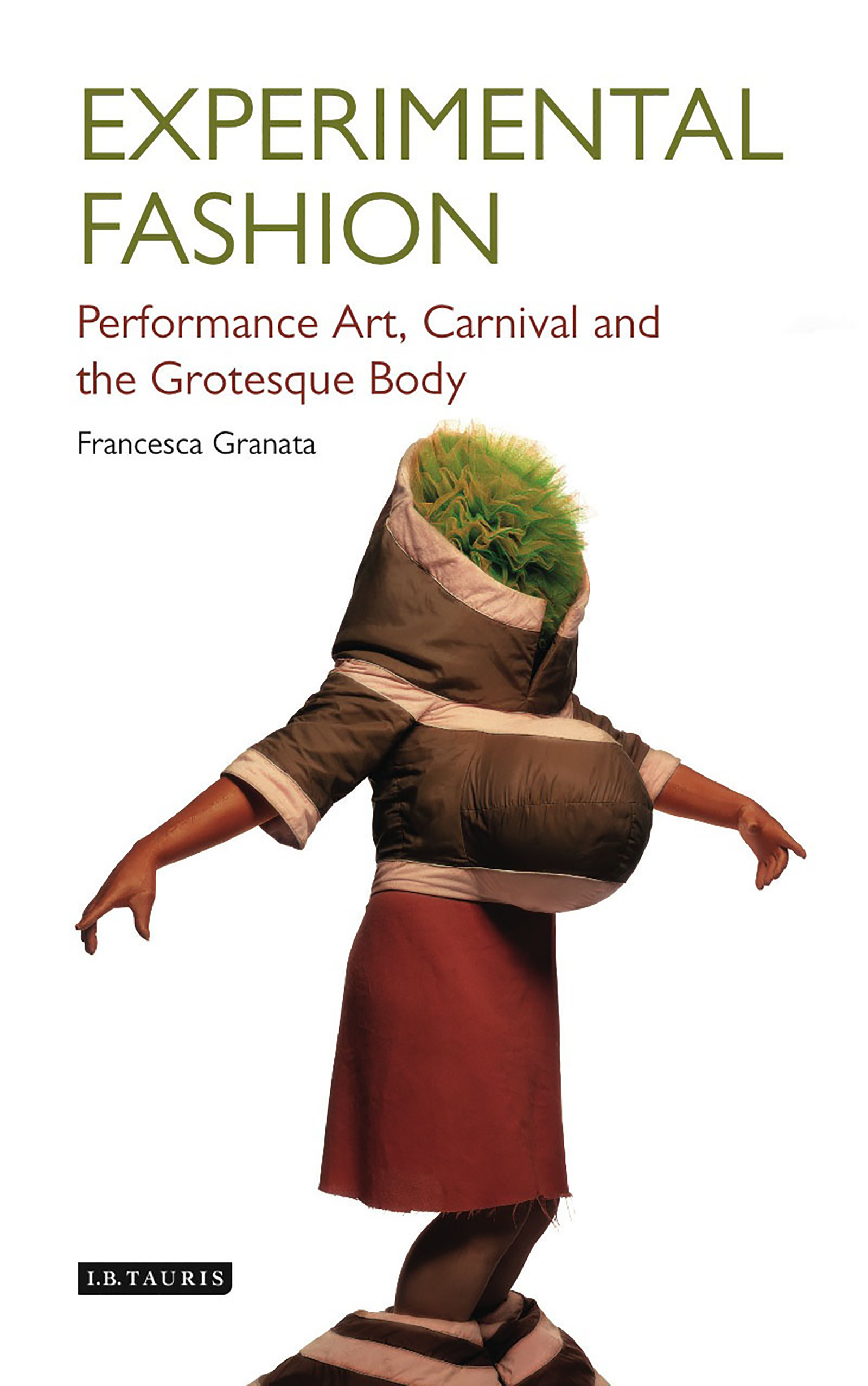A Review of “David Bowie Is”
/Jay Ruttenberg reviewed "David Bowie Is" for Fashion Projects in January, 2015, as the show was concluding its run at the MCA in Chicago. On the occasion of the exhibition's takeover of the Brooklyn Museum, here is the review once more….
by Jay Ruttenberg
Striped bodysuit for Aladdin Sane tour, 1973. Photo: Masayoshi Sukita. © Sukita / The David Bowie Archive 2012.
“David Bowie Is,” the museum retrospective of the singer that recently concluded its run at the Museum of Contemporary Art in Chicago, featured virtually every artistic medium imaginable. Included works extended to music, film, video, fashion, and, in Bowie’s portraits of his Berlin running buddy Iggy Pop, painting. One display case featured the star’s long-retired cocaine spoon—a redundancy, considering the exhibition’s inclusion of his “Life on Mars?” video.
The show originated at London’s Victoria and Albert Museum and made its sole U.S. stop in Chicago, where it was greeted with the crowds and fanfare of a blockbuster. The outpouring of interest seems sensible: Absent from public performance for nearly a decade, Bowie is pop’s missing man. His mark remains everywhere; he is nowhere. “David Bowie Is,” which was produced with the subject’s cooperation, if not curatorship, made a resounding case for his significance. To view the exhibition’s many rooms detailing his work in the 1970s was to peak into the 1980s. The phlegmatic British vocals that would dominate a corner of ’80s pop and the nervous mutability of music and media that would define Madonna (to say nothing of Gaga) have roots here; arguably, so does Michael Jackson’s cheesy white Thriller suit. In one displayed video, 1979’s “Boys Keep Swinging,” Bowie appears as his own backup singers, garbed in the elaborate gowns and wigs of female drag. What seems shocking about the video, however, is the main image of Bowie ostensibly as himself, clad in the dark suit of a prototypical mid-80s yuppie. It’s this look—which, for the record, predates Bret Easton Ellis’s debut by six years—that appears to be the video’s true act of drag.
A museum show about a pop star inevitably runs into limitations. In an exhibition of a painter, visitors directly confront the subject’s primary source: the painting is the ultimate art. Even for a multidisciplinarian such as Bowie, the true art lies in his records and performances; the stuff inside display cases can seem secondary, if not trivial. But the aim of this exhibit, where headphone-clad visitors roamed as an army of enthralled zombies, was immersion. It was presented with high-minded care and, at least when covering the years that matter, the exhaustiveness of a box set. Over 400 items were on hand: photographs, handwritten lyrics, a monstrous set of keys from the musician’s Berlin apartment, even an old pocket map for the West Berlin subway. There were also more than 60 stage costumes, most fetchingly the pear-like black-and-white jumpsuit that Kansai Yamamoto designed for the Aladdin Sane tour. Even all these years on, we discover new sides to the pop star: Meet Ziggy Stardust, the world’s most glamorous hoarder.
But the exhibition’s showstopper was drawn from nobody’s closet. Rather, it was the famous video of Bowie performing “The Man Who Sold the World” on Saturday Night Live, in the waning days of the 1970s. The video deserved greater prominence at the MCA, if not an entire museum to call its own; it also would have benefited from the other two songs recorded for the episode. Nonetheless, the clip could move mountains. Bowie is accompanied by Klaus Nomi and Joey Arias, vanguard figures from the nocturnal club world, both clad in monochromatic Thierry Mugler dresses. The men carry Bowie to his microphone as if he is a children’s toy. Wearing a cardboard tuxedo that was designed by the singer and Mark Ravitz under the spell of 1920s Dada, Bowie sings with the bemused detachment of a Martian. Space alien analogies always fit Bowie—after all, we are talking about the Man Who Fell to Earth—but they seem particularly apt for the SNL appearance. At the taping, he was newly returned from self-imposed exile in West Berlin, introducing irrefutably avant-garde notions to a mainstream arena. (Not for nothing did Kurt Cobain cover this song in Nirvana’s MTV Unplugged set.) The ’80s—which thwarted the world’s rock stars where no drug or label chicanery ever could—were mere days away. Bowie seemed intent on ending his decade of dominance in spectacular style. The appearance is not an act of subversion so much as it is a sterling media performance—pop as art and back again.
Jay Ruttenberg is editor of The Lowbrow Readerand of its book, The Lowbrow Reader Reader. He has written for The New York Times,The Boston Globe, and other publications.






















